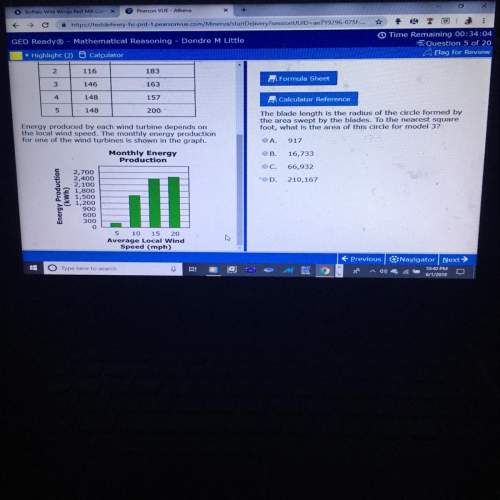
Mathematics, 20.12.2019 20:31 fatty18
Suppose you flip a fair coin 100 times (a) use the central limit theorem to approximate the probability that heads appears at most 46 times. (b) write down an expression for the exact probability in part (a), and compute it. (in r, you can use pbinom.) (c) our approximation from part (a) is not very accurate. this is primarily because we are using a continuous random variable (the normal) to approximate a discrete random variable (the binomial). to improve our approximation, we can use the fact that p(s100 ≤ 46) = p(s100 ≤ 46 + c) for any constant 0 ≤ c < 1, since s100 can only take integer values. it turns out that c = 0.5 works very well in practice, and so to approximate the probability of seeing at most 46 heads, we can apply the central limit theorem to p(s100 ≤ 46.5) instead. do this, and compare the approximation you obtain here to the one in part (a). the procedure is referred to as a continuity correction

Answers: 2


Another question on Mathematics

Mathematics, 21.06.2019 13:00
How can we find the measure of an exterior angle if we know the measurement of an interior angle
Answers: 2

Mathematics, 21.06.2019 13:30
When ∆rst is translated 4 units down, what are the apparent coordinates of t’? give 15 points
Answers: 1

Mathematics, 21.06.2019 20:10
Which value of m will create a system of parallel lines with no solution? y = mx - 6 8x - 4y = 12
Answers: 3

Mathematics, 21.06.2019 23:30
Which number is located at point a on the number line? a number line is shown from negative 10 to 10 with each interval mark on the number line representing one unit. point a is labeled one interval mark to the right of negative 5.
Answers: 1
You know the right answer?
Suppose you flip a fair coin 100 times (a) use the central limit theorem to approximate the probabil...
Questions






Mathematics, 05.12.2019 06:31










Mathematics, 05.12.2019 06:31

Mathematics, 05.12.2019 06:31

Mathematics, 05.12.2019 06:31






